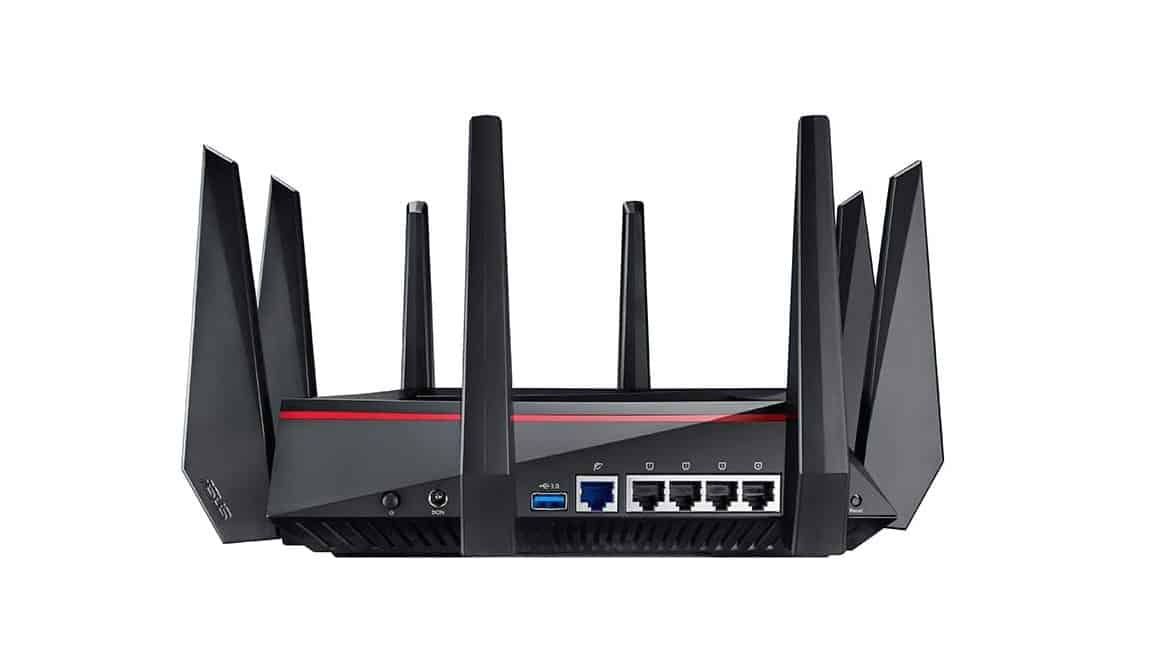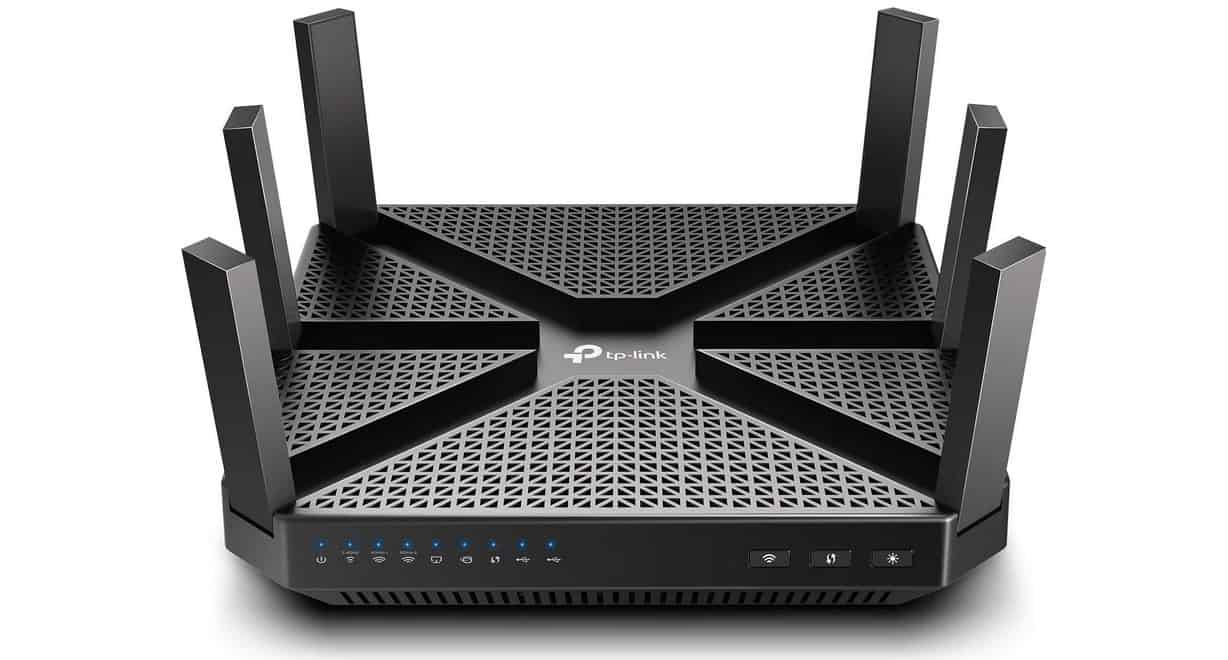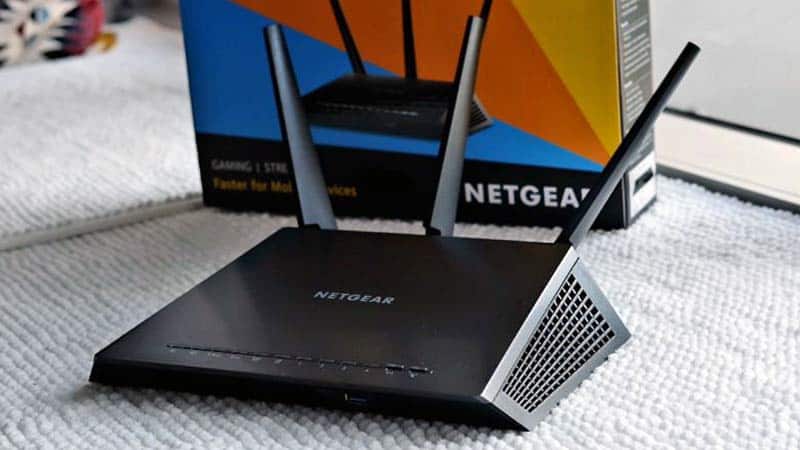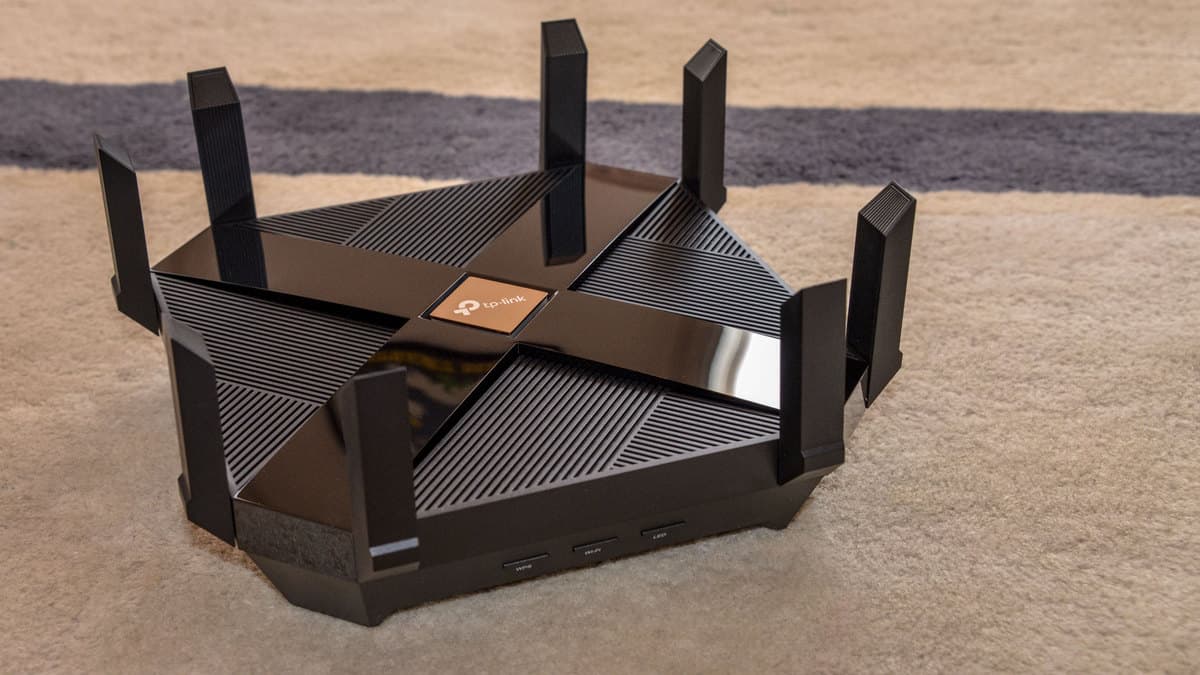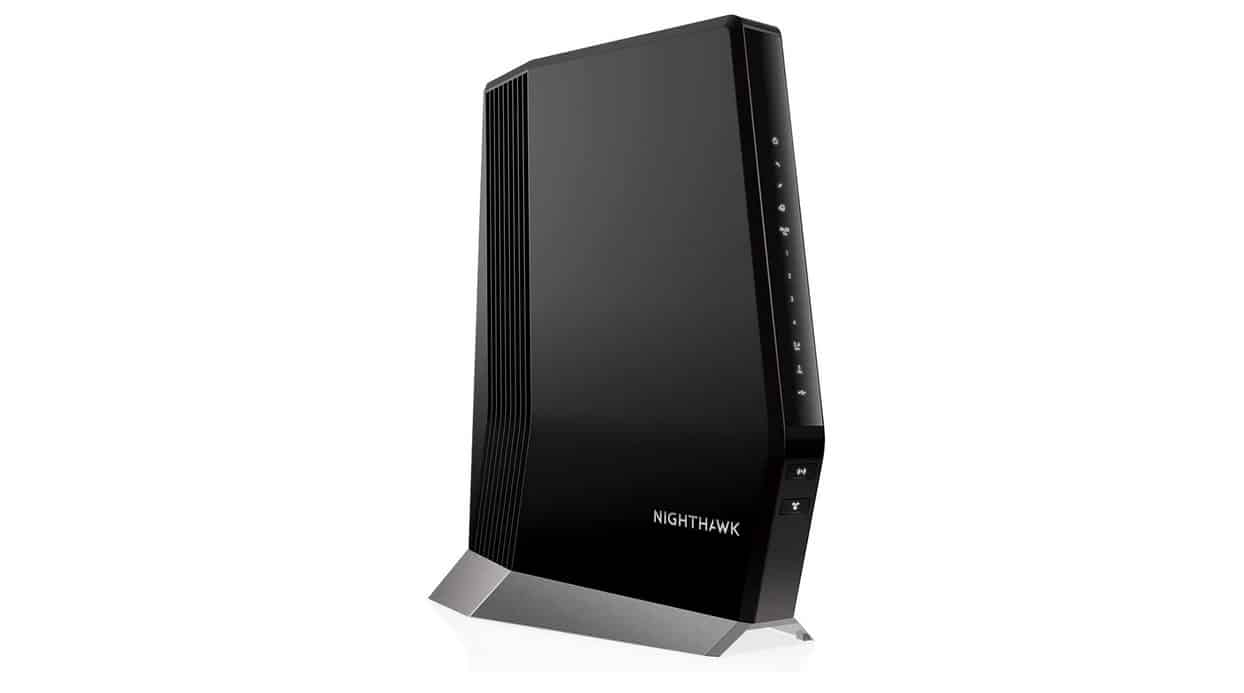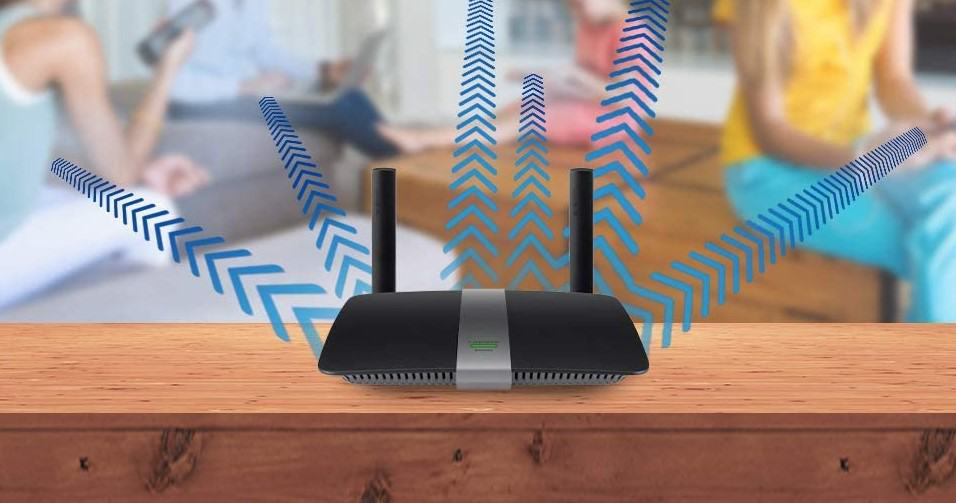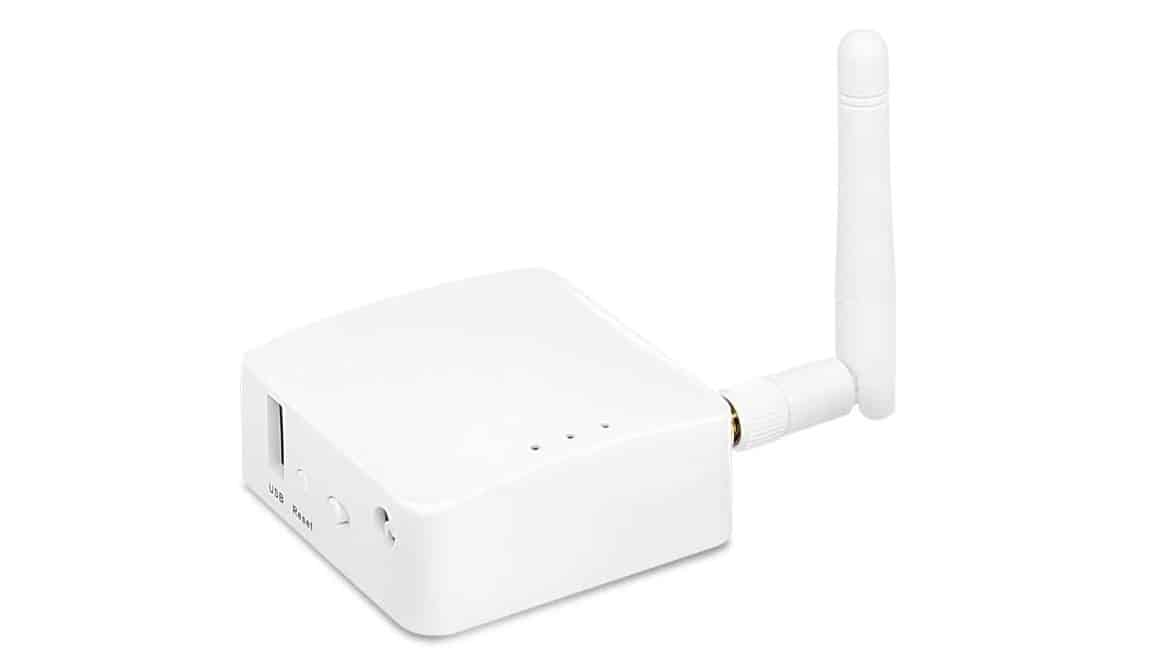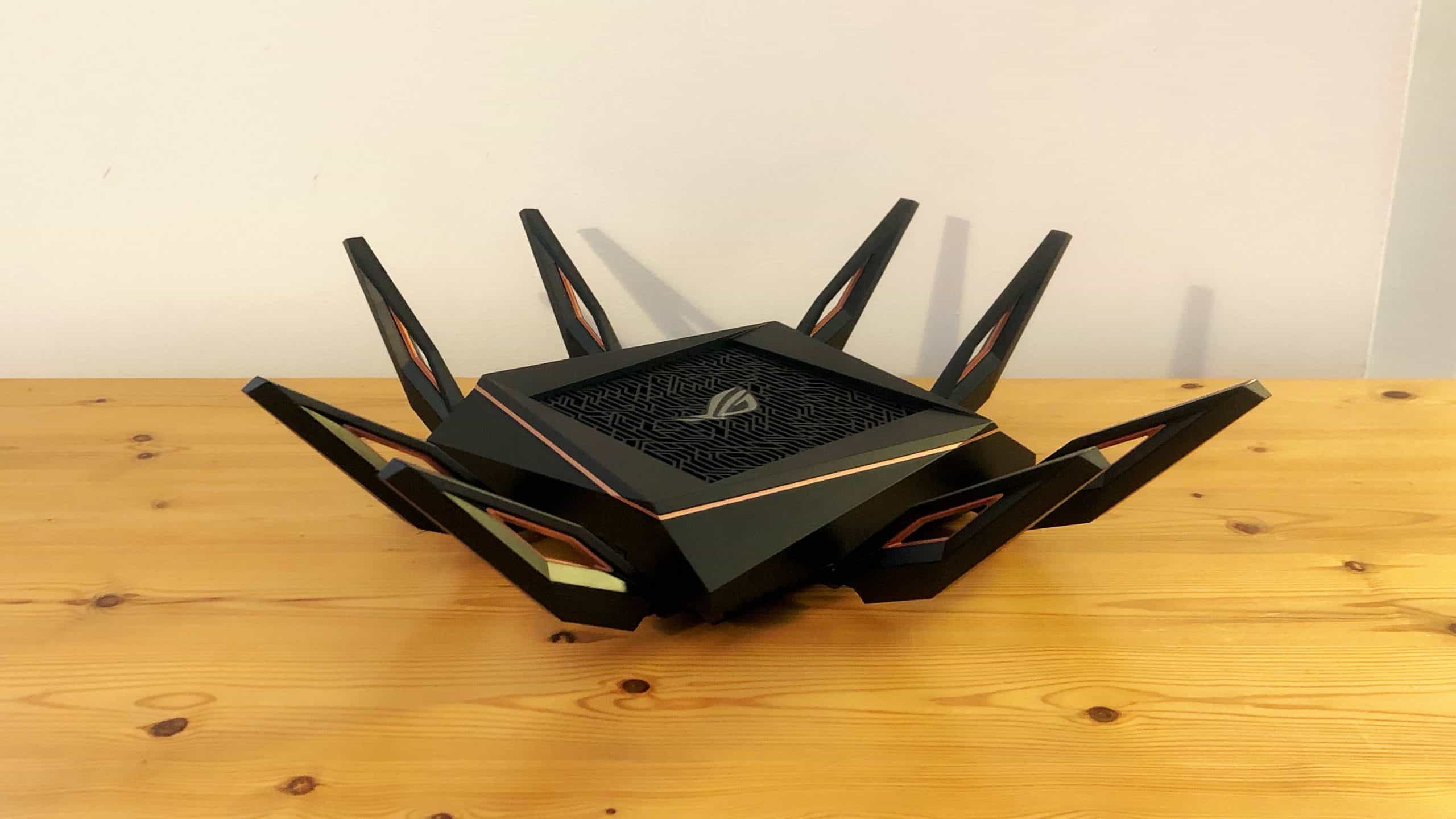It can be hard to choose the best router, but we can help.
If you’ve been paying any attention to the world of routers over the past two years or so, you may have noticed a new product category that’s quickly started to dominate the manufacturers’ sales cycle: mesh wifi routers. In fact, check out the best mesh routers.
But what are mesh routers, how do they work, and how do they compare against traditional routing solutions?
Read on in our guide to find out before checking out our top mesh wifi list!
Traditional Routers
Since their introduction back in 1999, consumer-grade wireless routers haven’t really evolved much beyond their basic function.
Sure, there’s been a number of significant upgrades to their power, range, reliability and features, but other than that the core structure of what makes a wireless router remains functionally the same as it did 19 years ago.
In essence (without getting too bogged down in the technical details), a router works like this: a hardline Ethernet cable is plugged into the back of the unit. The router then takes the signal from that line and broadcasts it out via several antennas placed around the unit over two distinct frequencies, either 2.4GHz or 5GHz (similar to what made wireless landline telephones work back in the 90’s).
The distinction you see on the router itself in regards to the radio technology (802.11b/g/n) refers to the transmission protocol, while the rating (AC1900 vs. AC5300, etc), refers to the amount of bandwidth the router is capable of pumping out to multiple devices at once.
Speaking of multiple devices, a more recent innovation to traditional routers is the inclusion of a feature known as MU-MIMO, short for Multiple User, Multiple-In Multiple-Out.
In so many words this means that unlike a traditional router which streams data packets to every device hooked up to the network in a series of periodic bursts (think of a machine gun strapped to a carousel with one device at each corner), MU-MIMO routers can seamlessly split their signal and broadcast packets simultaneously to every device on the network without any interruptions.
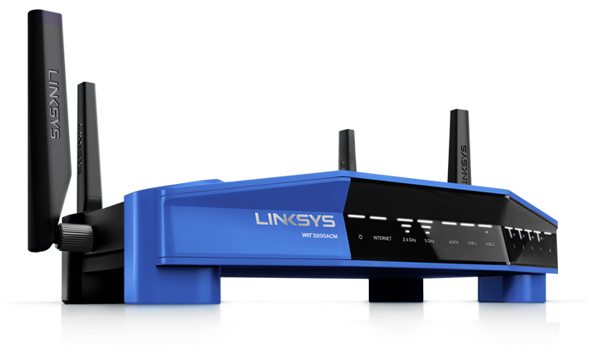
The main drawback of traditional routers is for all their fancy technology, they are still ultimately limited by the size of the antennas on each side.
While most consumer-grade routers under $300 are generally powerful enough to handle the needs of homes 1,500 square feet or smaller, beyond that range (or in homes with basements/third floors/big backyards), that’s where the signal power starts to drop off.
That’s because for all the creative ways that router manufacturers have tried to boost the signal in their routers, ultimately they’ll always be limited by the real world use cases of how we actually live and the way that devices fit into our lives.
Especially since the rise of tablets and smartphones, people like to browse from every corner of their home instead of just from a single home office (as we did when wireless router technology first took off).
This puts walls, doors, floors, ceilings, and even thick layers of concrete (in the case of basement browsing) in the way of the signal, which can be a difficult obstacle to get around for traditional router setups.
And while the 2.4GHz spectrum is better at getting through walls than 5GHz, its speed limitations make it a less desirable option for gamers, streamers, and downloaders who want to roam freely without worrying about whether the signal is going to drop out in the middle of their usage. So how have router manufacturers attempted to solve this problem?
Range Extenders and Repeaters
The first way that router manufacturers attempted to get around the range problem were with devices known as wireless range extenders (also known as “repeaters” in some cases).
And while extenders are a decent band-aid to the wound of having a large home with a small router, the headaches they can cause often aren’t worth the cost of buying them and setting them up. A range extender/repeater works exactly as the name advertises: it extends, or “repeats” the signal sent out by your router and leapfrogs it to other parts of your home.
The problem with this approach, however, is that because the extender has to have its own network in order to repeat the signal users need to manually switch between the regular router and the repeater every time they drift out of range of the original base station.
With devices like the iPhone dominating the smartphone market thanks to their simplicity and ease of use compared to Android, the idea of expecting users to manually switch anything over in order to get the full experience really feels like too much to ask in 2019.
Also, depending on the brand of extender or repeater you might experience significant slowdowns from what you would get on the base station due to the fact that all wireless signals transmit on what’s known as a “half-duplex” system.
Not only that, but often extenders are more difficult to set up and configure correctly for non-tech savvy users, and this can prove to be especially difficult and convoluted if the brand of your router and your extender differ at all.
Mesh Networking Systems
Finally, enter mesh networking systems. Mesh networking looks to solve many of the issues present with single base station routers as well as routers with extenders attached thanks to several clever innovations that spent years in development before they hit the consumer market.
Mesh networking works mostly the same to a router with a repeater in that an internet signal is taken from the landline and broadcast wirelessly throughout your home, but that’s about where the similarities end.

Unlike a router/repeater combo, mesh systems communicate with each other over an ad-hoc system, which essentially replicates the base router across each mesh node (which can be as few as two stations, or an unlimited number if you want to just keep adding more and more depending on the size of your home).
The primary benefit of this approach is both functional and aesthetic. On the functional side you end up with a single wireless network that works in every room of your house where a node is installed since every node communicates with its brothers the same way a traditional router would communicate with a repeater, basically covering your house in a fully lined “mesh” of connectivity.
Mesh networking systems, unlike a router with a repeater, never lose signal strength, speed, or connection reliability as long as you have a mesh antenna installed in or around the room where you do most of your daily browsing.
Aesthetically mesh networking systems are able to do away with the big gaudy antennas that are present on so many of today’s traditional routers, instead opting for much sleeker, design-first stations that would look good in anyone’s home. In the case of devices like the AmpliFi HD, the mesh nodes are actually just white antennas themselves that plug discreetly into any outlet of your home.
Mesh vs. Router
So with all the benefits of a mesh router system over a traditional router, why would you ever go back?
Well, there’s a few compromises to be made. First, is cost. In almost every situation a mesh network will cost more than a standard wireless router because you’re physically buying more equipment than you would get with a single router (most basic mesh systems come with at least one base router along with 2-4 extra nodes), which increases the material cost.
This can sometimes be offset by certain systems which let you buy a custom number of nodes to go along with your base station to better fit the layout and square footage of your home, but even still because mesh technology is the new kid on the block you can expect to pay a premium regardless of how many nodes you decide to include in your system.
Next, there’s the issue of power. While most mesh systems are fine for daily browsing, streaming, and some types of gaming, they do suffer in heavier use case scenarios like more competitive gaming where ping and latency rule over consistent signals or raw bandwidth output.
If you’re specifically trying to game on a router, we definitely recommend going with a powerful base station and just making sure your base station isn’t too far away from your gaming laptop or desktop (and who’s trying to get in a match of CS:GO in their backyard anyway, right?).
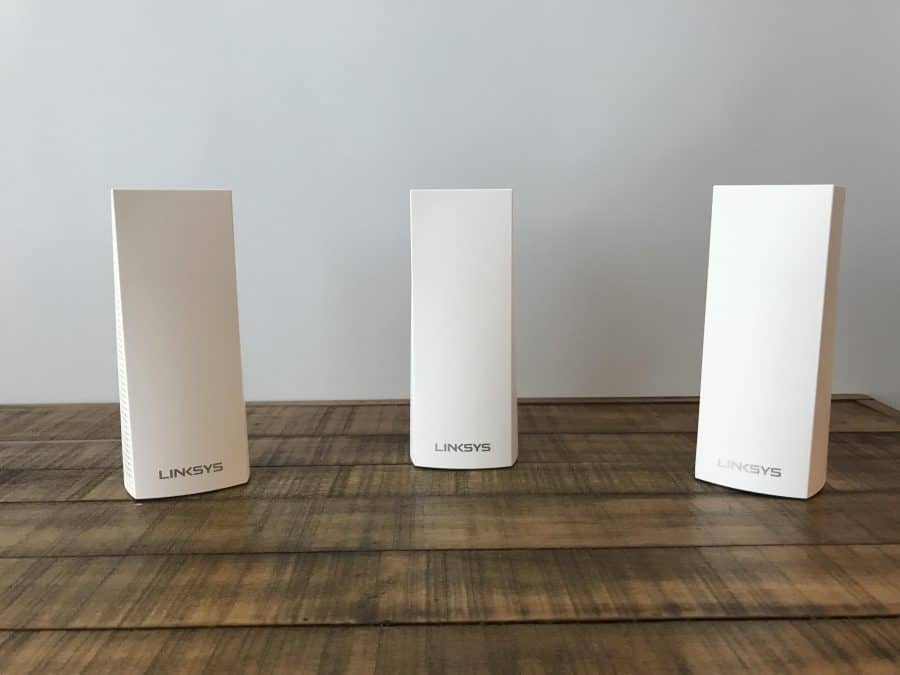
If you already have a relatively powerful base router and are just trying to fix an annoying dead spot in your home, most repeaters/extenders worth their weight can be had for as little as $50.
This makes them a much cheaper and more viable solution in the short term, and doesn’t require you to buy an entirely new system to get a system that can be argued that brings 90% of the same benefits.
All that said, if you live in a large home, care about what an eyesore most routers can be, and want a system that will stand the test of the technology cycle, then a mesh networking system is definitely the way to go. Mesh networking is simple and intuitive to set up and provides a seamless user experience that traditional routers simply can’t match in this day and age.
Related Articles:

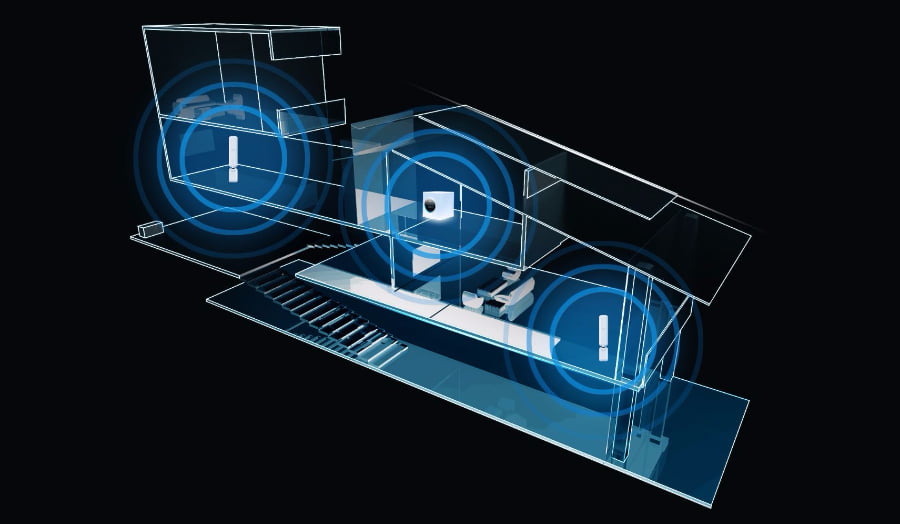


















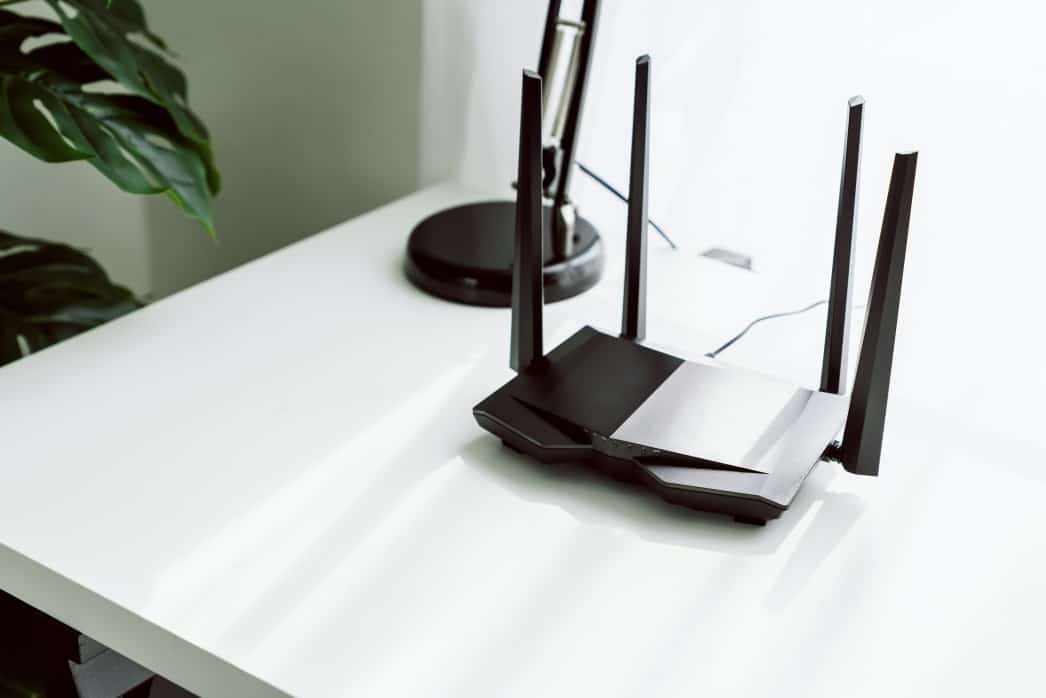








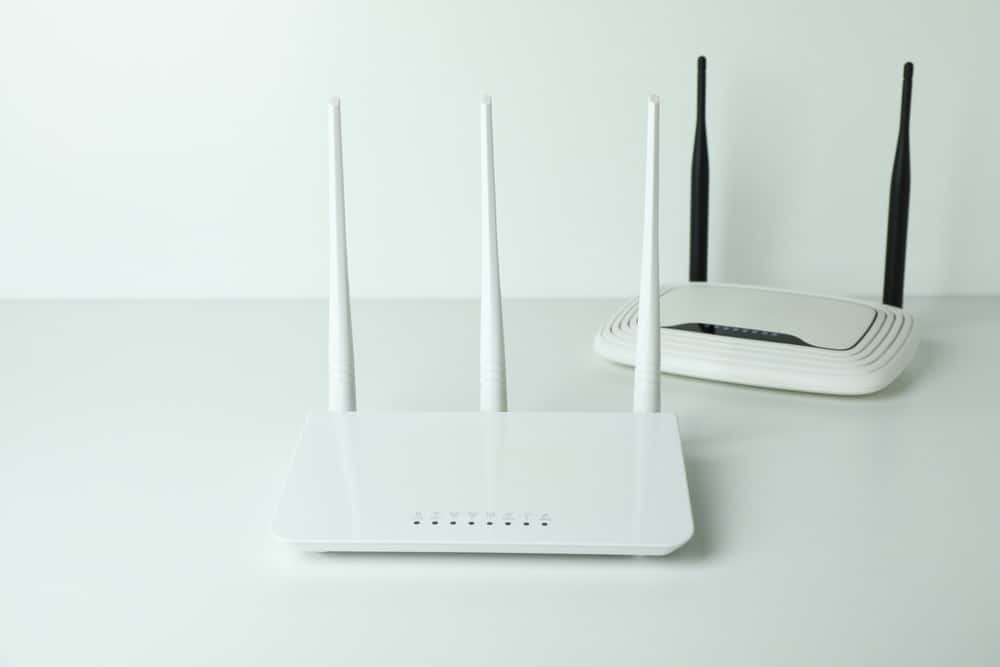
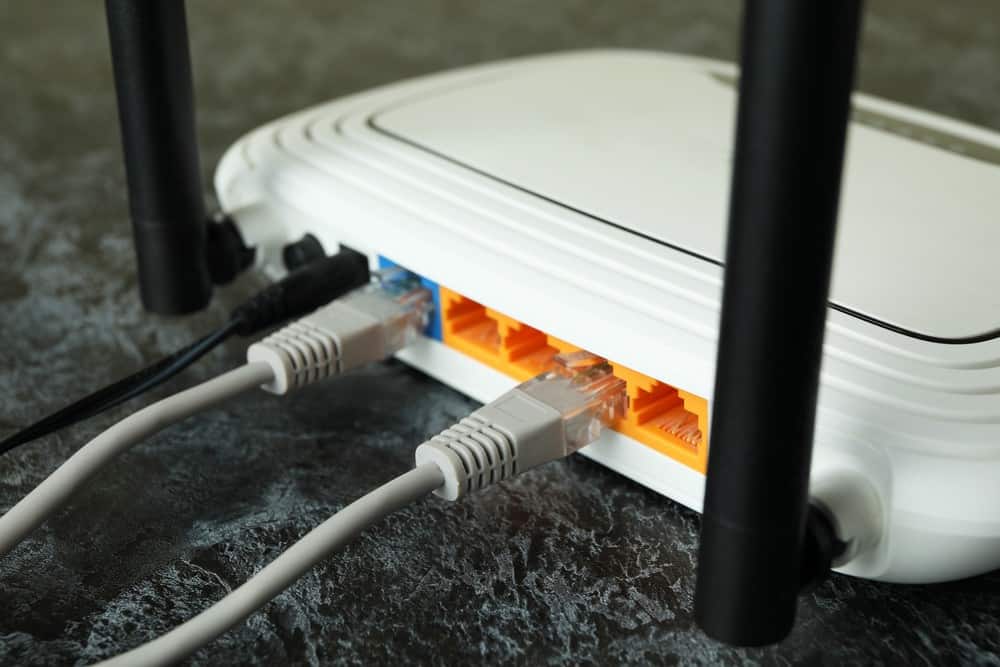
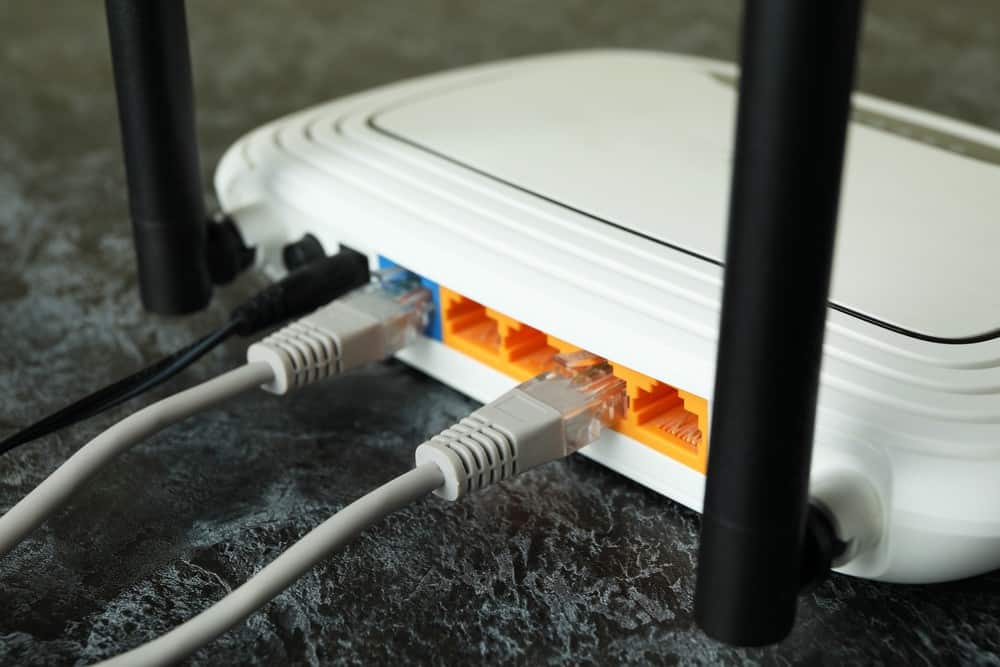



![Best BenQ Monitors in [year] 30 Best BenQ Monitors in 2026](https://www.gadgetreview.dev/wp-content/uploads/best-benq-monitor-image.jpg)
![Best Wifi Extenders For FiOS in [year] 31 Best Wifi Extenders For FiOS in 2026](https://www.gadgetreview.dev/wp-content/uploads/best-wifi-extender-for-fios-image.jpg)
![Best Fiber Optic Routers in [year] 32 Best Fiber Optic Routers in 2026](https://www.gadgetreview.dev/wp-content/uploads/best-fiber-optic-router-image.jpg)
![Best VoIP Routers in [year] 33 Best VoIP Routers in 2026](https://www.gadgetreview.dev/wp-content/uploads/best-voip-router-image.jpg)
![Best Routers for 200Mbps in [year] 34 Best Routers for 200Mbps in 2026](https://www.gadgetreview.dev/wp-content/uploads/best-router-for-200mbps-image.jpg)
![Best Routers for Optimum in [year] 35 Best Routers for Optimum in 2026](https://www.gadgetreview.dev/wp-content/uploads/best-router-for-optimum-image.jpg)
![Best Routers for Apple in [year] 36 Best Routers for Apple in 2026](https://www.gadgetreview.dev/wp-content/uploads/best-router-for-apple-image.jpg)
![Best Routers for Frontier FIOS in [year] 37 Best Routers for Frontier FIOS in 2026](https://www.gadgetreview.dev/wp-content/uploads/best-router-for-frontier-fios-image.jpg)
![Best Secure Routers in [year] 38 Best Secure Routers in 2026](https://www.gadgetreview.dev/wp-content/uploads/best-secure-router-image.jpg)
![Best Routers for Google Fiber in [year] 39 Best Routers for Google Fiber in 2026](https://www.gadgetreview.dev/wp-content/uploads/best-router-for-google-fiber-image.jpg)
![Best Routers for Cox in [year] 40 Best Routers for Cox in 2026](https://www.gadgetreview.dev/wp-content/uploads/best-router-for-cox-image.jpg)
![Best Asus Routers in [year] 41 Best Asus Routers in 2026](https://www.gadgetreview.dev/wp-content/uploads/best-asus-routers-image.jpg)
![Best Linksys Routers in [year] 42 Best Linksys Routers in 2026](https://www.gadgetreview.dev/wp-content/uploads/best-linksys-routers-image.jpg)
![Best Routers for CenturyLink in [year] 43 Best Routers for CenturyLink in 2026](https://www.gadgetreview.dev/wp-content/uploads/best-router-for-centurylink-image.jpg)
![Best WiFi Routers for Multiple Devices in [year] 44 Best WiFi Routers for Multiple Devices in 2026](https://www.gadgetreview.dev/wp-content/uploads/best-wifi-router-for-multiple-devices-image.jpg)
![Best Wired Routers in [year] 45 Best Wired Routers in 2026](https://www.gadgetreview.dev/wp-content/uploads/best-wired-router-image.jpg)
![Best Routers for 4K Streaming in [year] 46 Best Routers for 4K Streaming in 2026](https://www.gadgetreview.dev/wp-content/uploads/best-router-for-4k-streaming-image.jpg)
![Best Cisco Routers in [year] 47 Best Cisco Routers in 2026](https://www.gadgetreview.dev/wp-content/uploads/best-cisco-routers-image.jpg)
![Best eero Routers in [year] 48 Best eero Routers in 2026](https://www.gadgetreview.dev/wp-content/uploads/best-eero-routers-image.jpg)






